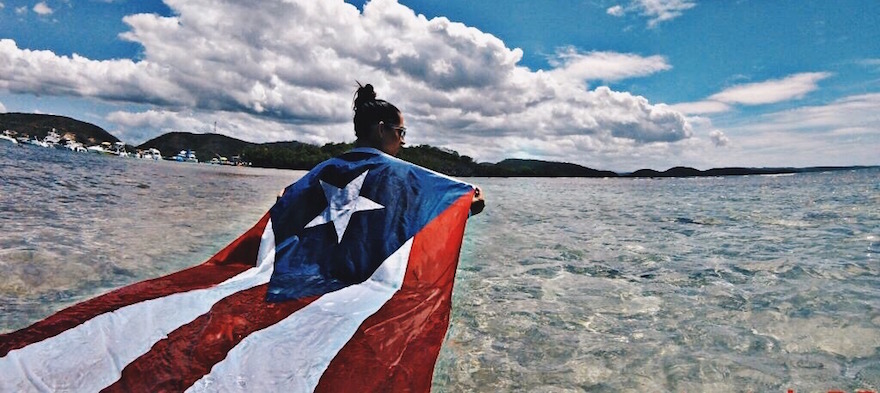
Aug 13, 2018 12:00:00 AM
Cristina Diaz-Torres conducts research and policy analysis to support clients in creating systems that allow students and teachers to thrive. She holds a deep belief that education is the single most effective way to break down systemic barriers and create a society that is fair and inclusive for all. Cristina attended six different schools between K-12 including public, public charter, and schools giving her a unique understanding of the difficulties that schools face. She translated this experience into practice during her time as a Teach For America corps member in Las Vegas, Nevada where she taught Geometry and founded an AP Statistics program. After leaving the classroom, Cristina served as a Legislative Fellow in the Office of Senator Sheldon Whitehouse where she worked on ESSA implementation, college and career readiness and workforce development strategies. Cristina has a BA from New York University with dual majors in Economics and History and an M.Ed. from the University of Nevada, Las Vegas specializing in Secondary Mathematics. She is a huge New England Patriots fan and can usually be found with her nose in a book or experimenting in her kitchen.
Few issues in education spark more tension and debate than standardized testing. Are they a tool for equity or a burden on students? A necessary check on school systems or a flawed measure of...
Charter schools are public schools with a purpose. Operating independently from traditional school districts, they're tuition-free, open to all students, and publicly funded—but with more flexibility...
Despite the benefits of a diverse teaching force, prospective teachers of color fall out of our leaky preparation pipeline at every stage: preparation, hiring, induction, and retention. Here’s what...
Ed Post is the flagship website platform of brightbeam, a 501(c3) network of education activists and influencers demanding a better education and a brighter future for every child.
© 2020-2025 brightbeam. All rights reserved.
Leave a Comment